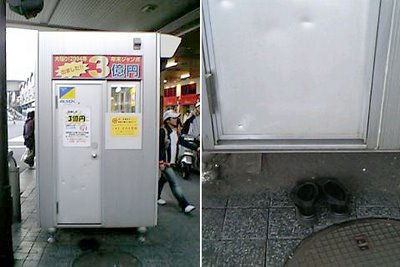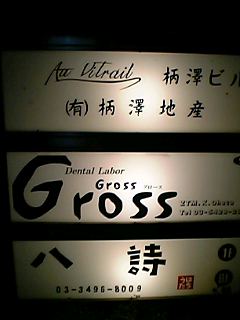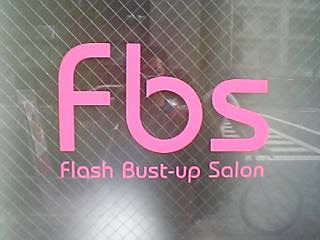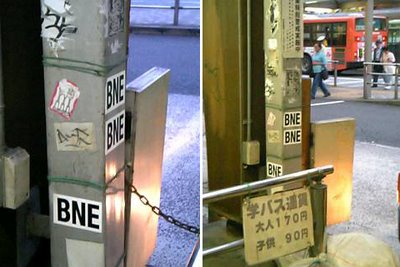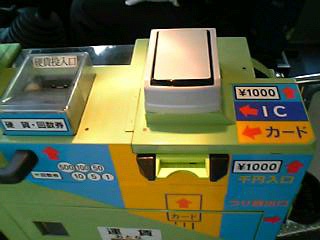
When I boarded my NRT-LAX flight on Wednesday, the gate was chock full of photographers and newscasters. Turned out sitting in the same cabin as I was Daisuke Matsuzaka, the Seibu Lions pitcher known for his "Gyroball." Only 26 years old, and the Boston Red Sox paid $51.1 Million just to talk to him. You can read about it HERE.
During disembarkation, I got stuck in the gangway behind Matsuzaka-san, a rather tall figure. A handler was showing him the way through the immigration. Some passengers, upon learning who he was, started asking for his autographs. Many photographers and newcasters were ready outside of the arrival hall. The Boston Red Sox has 30 days to make up their mind about the boy.
Photo by Donald Miralle/Getty Images
